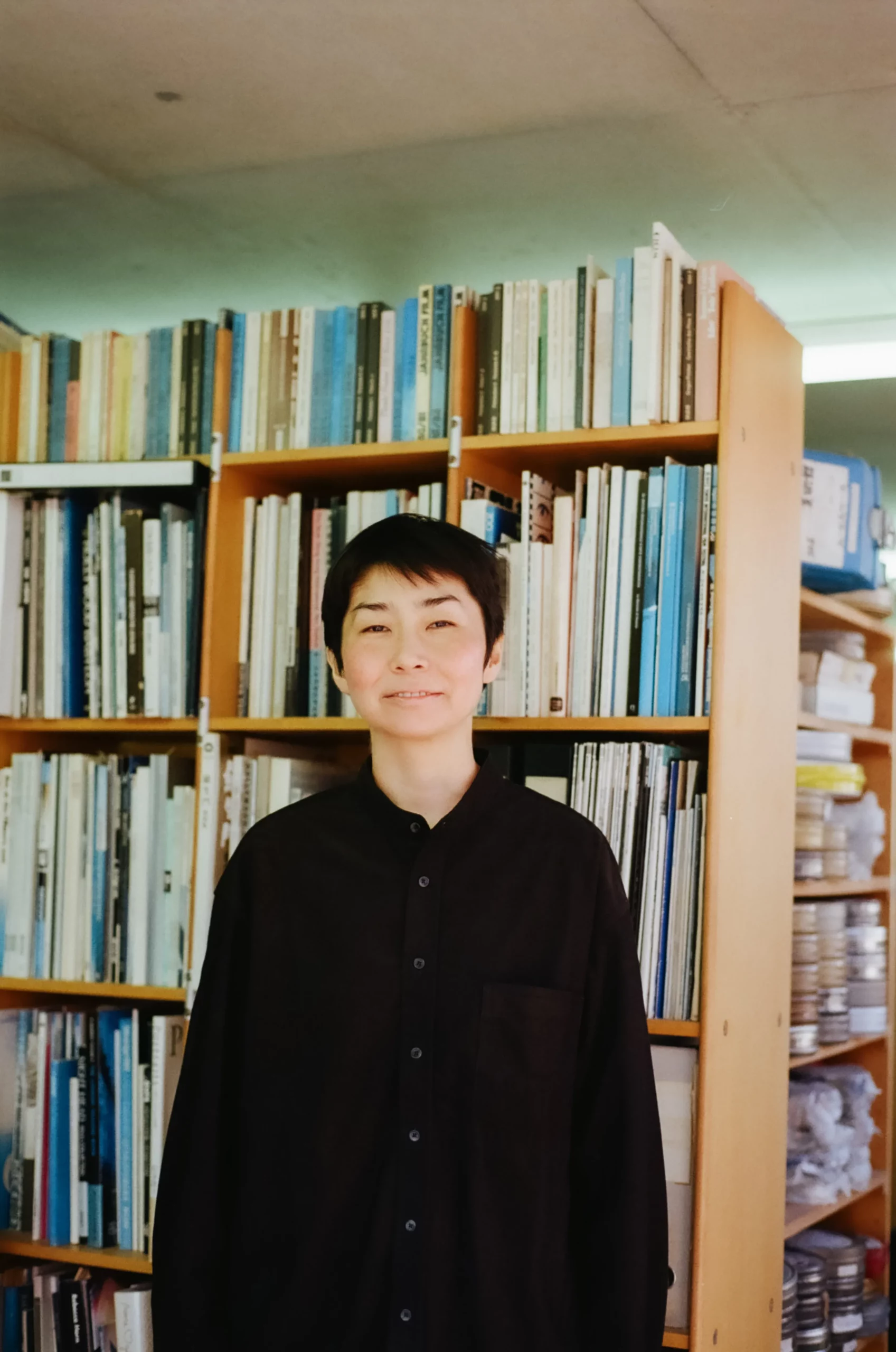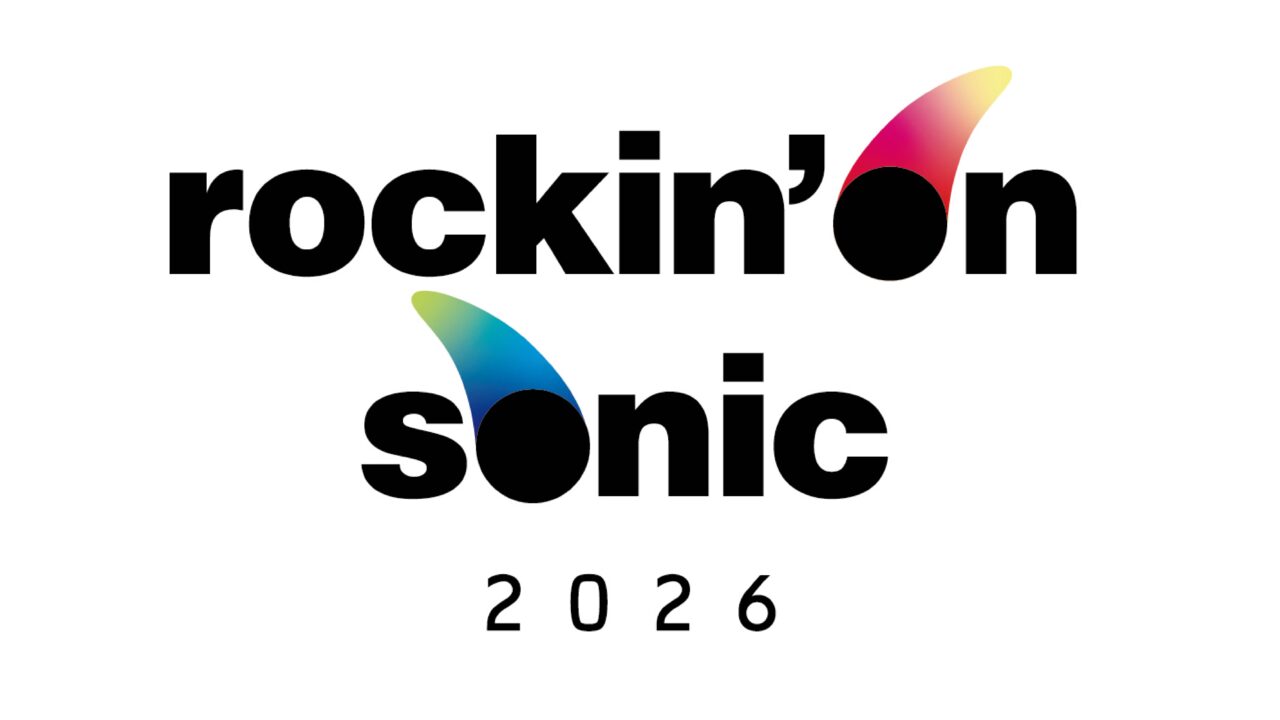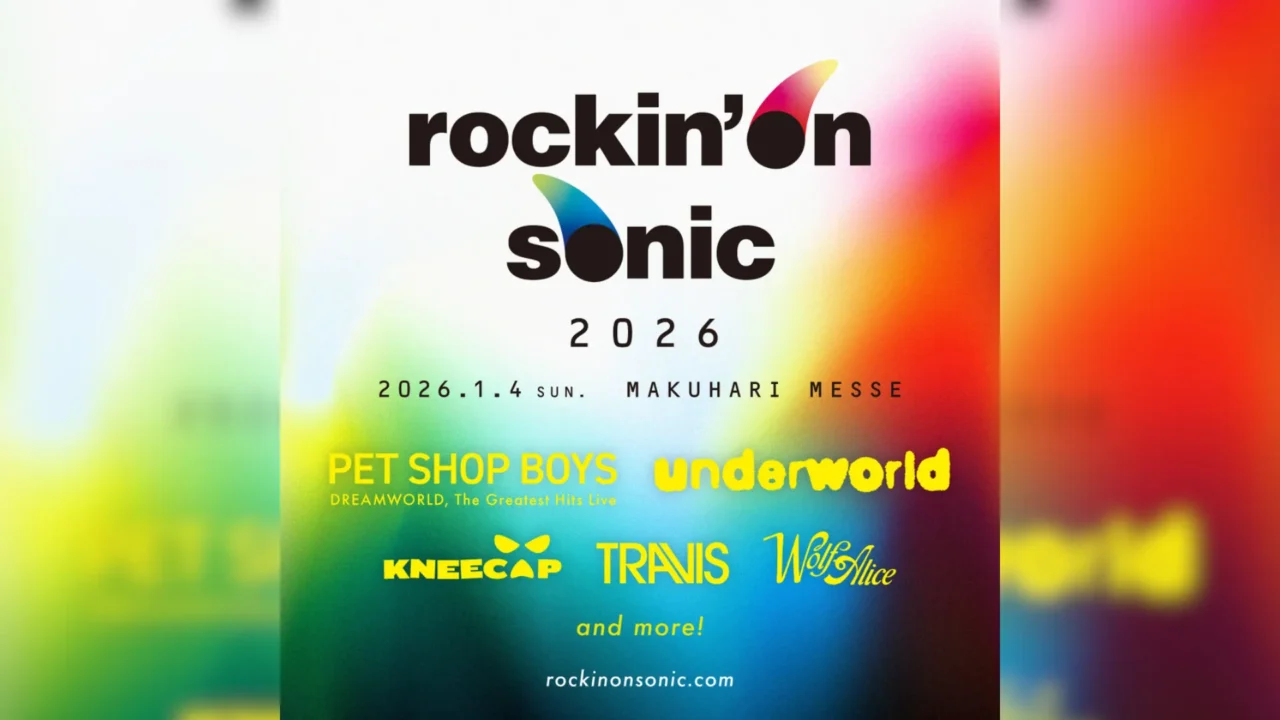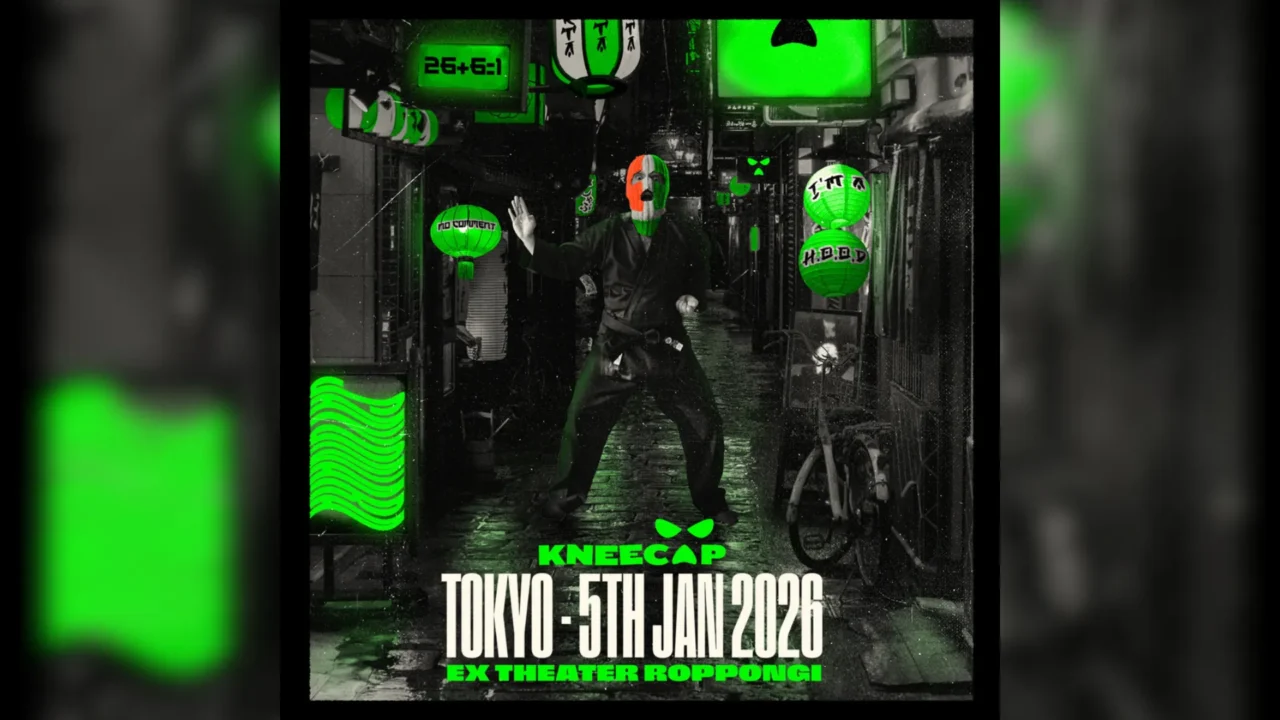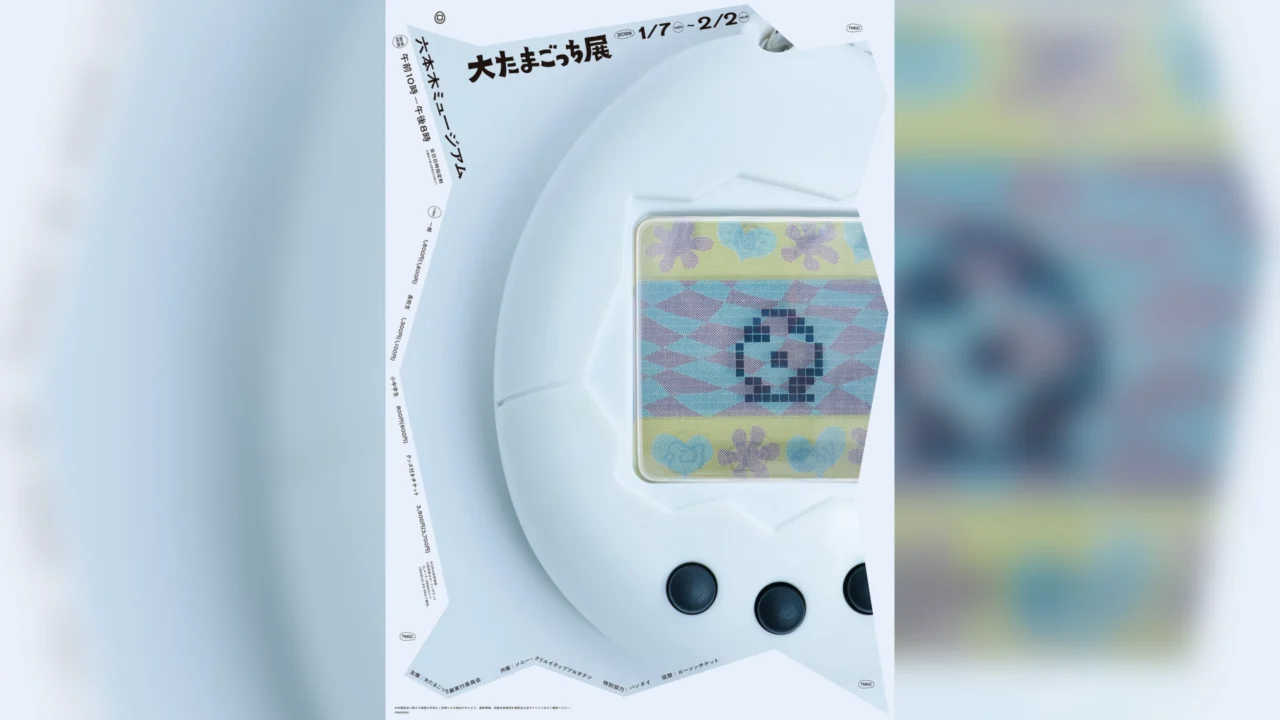INDEX
The Creation with My Mother and Others: How It Brought Change to Myself
Listening to you, I find myself reflecting on how memories are passed down. For instance, while a broad timeline of “human history” might appear in textbooks, how do we ensure the more personal memories, like those written in a diary that no one else will see, are preserved for the future?
Oda: I’ve been thinking about that too!
-I know, right?
Oda: I felt like you were reading my mind. In addition to the release of Underground, I’ve recently been filming my mother again. She was a housewife for many years, and after she passed, I began to wonder what becomes of the traces of her life. Of course, I carry her memories, but there are other aspects of her life beyond raising children that deserve to be remembered. I wanted to preserve those more properly, so I started a small project documenting her life. It’s a quiet, simple work, but I’m really enjoying it.
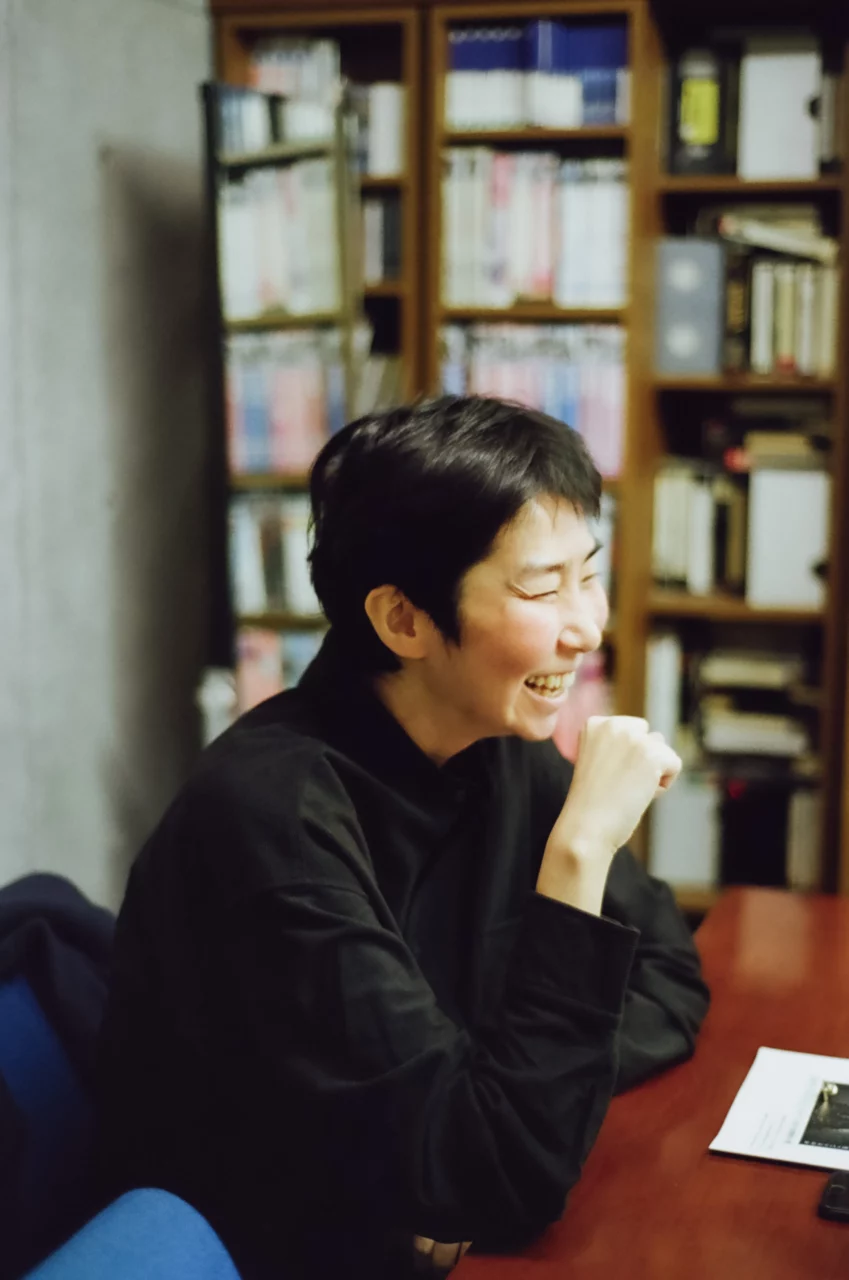
Because it’s you making the film, there seems to be a part of it that will be passed down for a long time.
Oda: That’s what I’m trying to do. I’m trying to pass down my mother’s other sides, beyond just “the mother,” through my films.
It’s funny how there’s often so much about the history of those close to us that we don’t know.
Oda: They don’t usually tell you, even if you ask. They kind of deflect it. But when I honestly say, “I want to film this, I want to preserve it,” they end up sharing quite a bit. I sometimes wonder why that happens. Maybe the fictional aspect that comes with making a film makes it easier for my mother to talk, in a way that makes her feel more comfortable.
It’s evident that filming your mother, beginning with Thus a Noise Speaks, has played a significant role in your journey.
Oda: Yes, it has. I can see my own transformation through it. Before, I used to have this expectation, “She’s my mother, she should understand everything I’m thinking.” But recently, I’ve moved beyond that phase. Now we’re facing each other as two people, not just as mother and child. I’m explaining things one by one, like “I want to do this,” or “I don’t quite understand this part.”beings. I explain to her one by one, “This is what I want to do,” or “I don’t understand this part.
I’m really looking forward to seeing the finished work. Speaking of new things, it was refreshing to see you team up with other staff on Underground, since you’ve handled directing, editing, and cinematography on most of your previous projects.
Oda: On set, I was making various decisions and taking responsibility as a director. But within that, the team for Underground felt more like a “collective of filmmakers,” which aligns with my understanding.
Each person was on equal footing as a creator?
Oda: As a director, I was aware of the power that comes with the role, and since it was a first-time experience, there were many things I reflected on. But everyone was a creator, and I was one of them.
When people think of “filmmaking,” there’s usually an image of a director and a team of staff. If that’s the case, I felt I couldn’t do the role of a director, and that made me anxious. I feel like we couldn’t make a film unless we did it in our own way. The members might change each time, but there should always be a way of making the film unique to the members of that specific project, and that’s something I want to keep in mind moving forward.
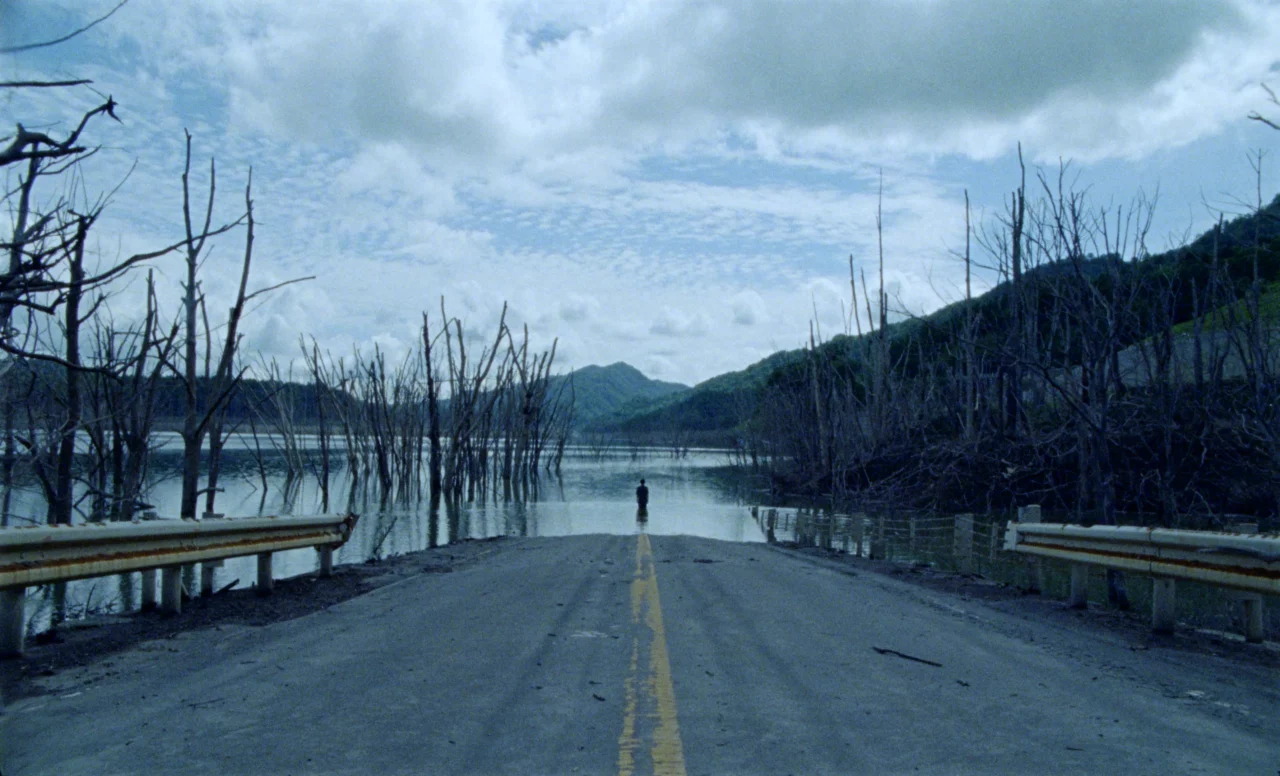
How was the interaction with the crew during the production of Underground?
Oda: I wasn’t in the position of giving clear instructions; rather, I was more about aligning the small differences. I completely trusted the sound team and left it to them without checking. As for the camera, I did look through the viewfinder, but to be honest, I couldn’t really make sense of it [laughs]. It wouldn’t show up exactly the way it’s filmed.
It seems like a big shift to delegate parts you had been controlling yourself. Why did you decide to step into collaborative filmmaking for Underground?
Oda: A lot of people say, “filmmaking is a collective effort” or “a collective art,” so I was curious about how that works. Plus, I’ve gotten better at pulling a single project together over the past decade or so. Once you’re able to predict what you’re capable of filming and what the final result might be, the difficulty of filmmaking becomes unbearable.
The thrill of not knowing what kind of film will come together, the joy of filmmaking, I want to experience that through the process. And working with others in that process was something I could never predict, so I decided to learn from it this time.
Editor Asai: By the way, do you plan to delegate editing to someone else in the future?
Oda: If I don’t do the editing, then what happens to my films?!
Editor Asai: [laughs] I think the same!
Oda: There have been times when I made shot lists for scenes that required sharing information and discussed them with collaborators, but for the most part, I have a rough sense of the film’s direction… In documentary filmmaking, I think editors are like screenwriters, so for now, I don’t think I could ever fully delegate editing to someone else. The feeling of the film coming together through assembling the material is something I can’t let go of just yet.

Underground
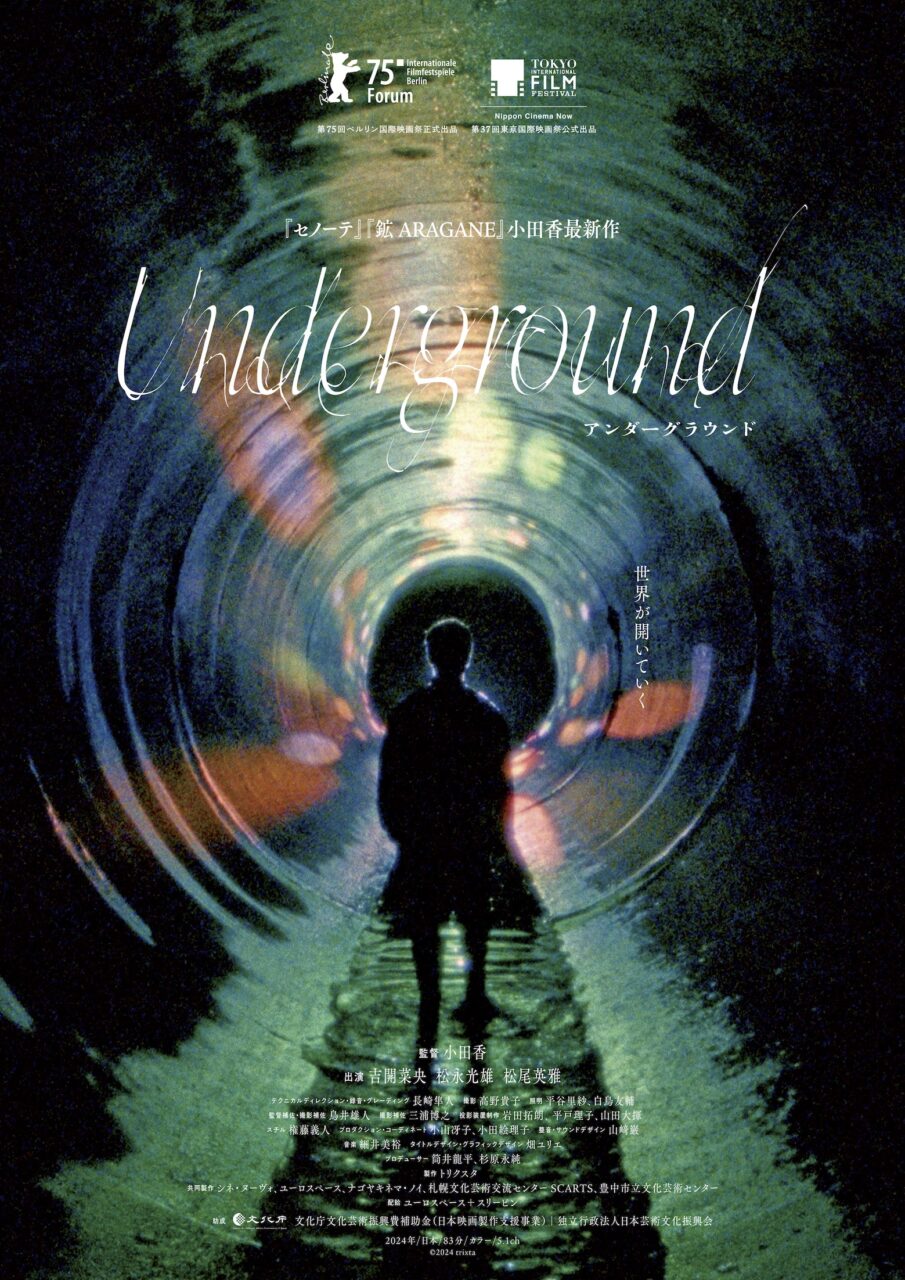
Releasing nationwide from March 1, 2025 (Saturday) at Eurospace and other theaters
2024 / Japan / 83 minutes / Color / 5.1ch
Director: Kaori Oda
Starring: Nao Yoshikai, Mitsuo Matsunaga, Hidemasa Matsuo
Technical Direction, Sound Recording, Grading: Hayato Nagasaki
Cinematography: Takako Takano
Lighting: Risa Hiratani, Yusuke Shiratori
Assistant Director, Assistant Cinematographer: Yuto Torii
Assistant Cinematographer: Hiroyuki Miura
Projection Device Production: Takuro Iwata, Riko Hirado, Taiki Yamada
Stills: Yoshito Gondo
Production Coordination: Saeko Koyama, Eriko Oda
Sound Editing, Sound Design: Iwao Yamazaki
Music: Miyu Hosoi
Title Design, Graphic Design: Yurie Hata
Producers: Ryuhei Tsutsui, Nagatsune Sugihara
Production: Trixta
Co-Production: Cine Nouveau, Eurospace, Nagoya Cinema-Noi, Sapporo Cultural Arts Exchange Center SCARTS, Toyonaka City Cultural Arts Center
Distribution: Eurospace + Three-Pin




